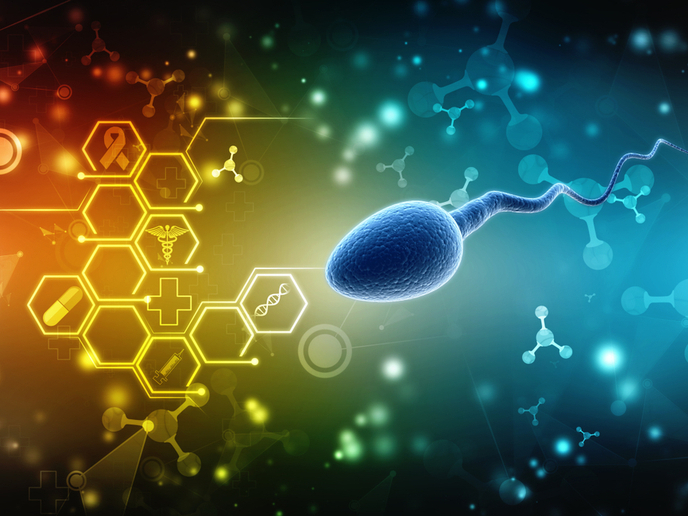Electron microscopy for enhanced imaging
Microscopes are instruments that enlarge objects too small to see with the naked eye. Electron microscopes show greater resolving power compared to conventional light microscopes as they use a beam of electrons to illuminate the specimen. The EU-funded 'High-throughput three-dimensional electron microscopy' (HT3DEM) project brought together European experts in electron microscopy (EM), two-dimensional (2D) crystallisation and robotics to develop three-dimensional (3D) EM. The main aim was to develop an automated platform for analysis of native protein complexes and 2D membrane protein crystals by EM. To discern a protein's tertiary structure, proteins undergo crystallisation through precipitation from an aqueous solution. The resulting well-ordered crystal provides a diffraction pattern when exposed to X-rays, and upon analysis it determines the 3D structure of a protein. Team members developed a highly reliable and robust robot for high-throughput crystallisation. Optimisation of the method parameters allows variability in the crystallisation process and is applicable to several membrane proteins. Following crystallisation, protein samples are automatically transferred to EM, and images are acquired and prospectively analysed. Users can design a crystallisation experiment and through a database assign data to crystallisation images acquired by EM. Overall, the HT3DEM project achieved a fully operational high-throughput protein crystallisation and protein analysis process suitable for many healthcare and pharmaceutical applications. Each step of the process represents a substantial advance in the state of the art and significantly reductions in the processing time and cost. These outcomes open up new opportunities for broad use of EM.







